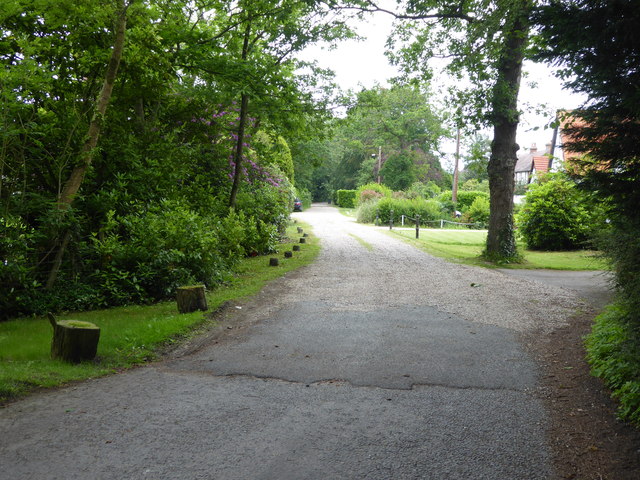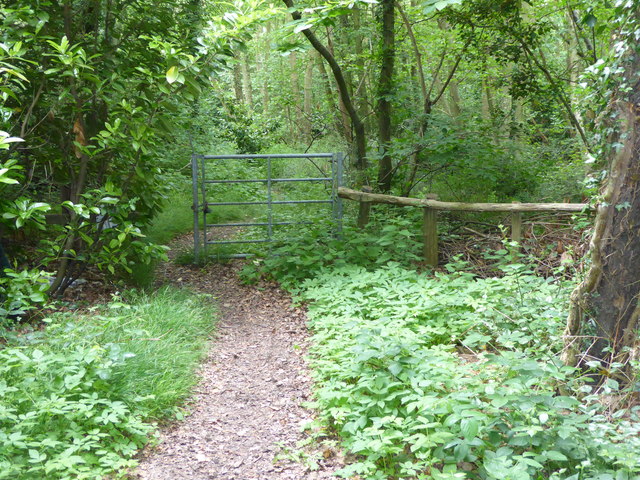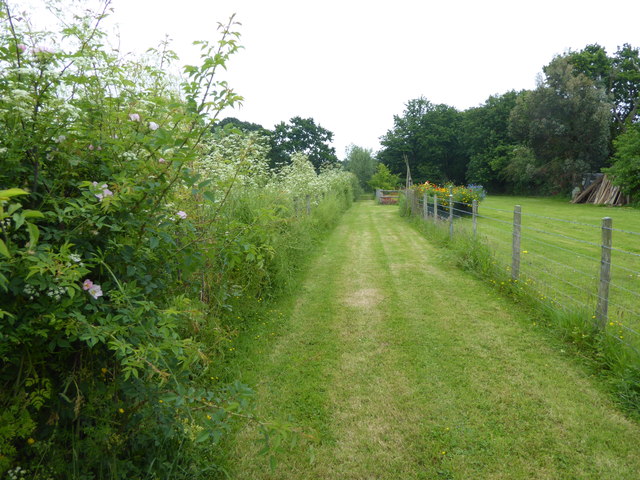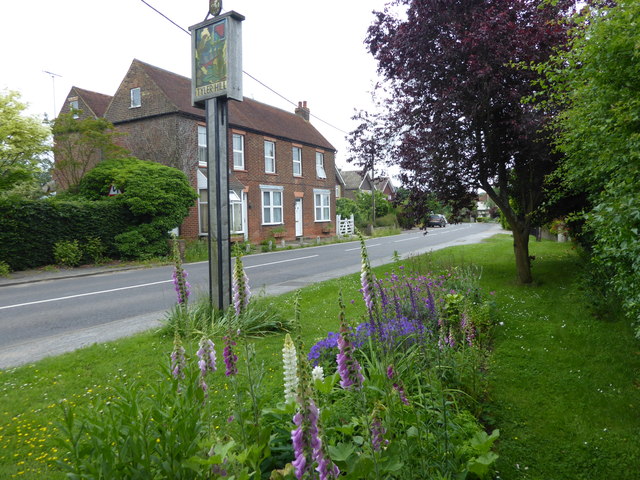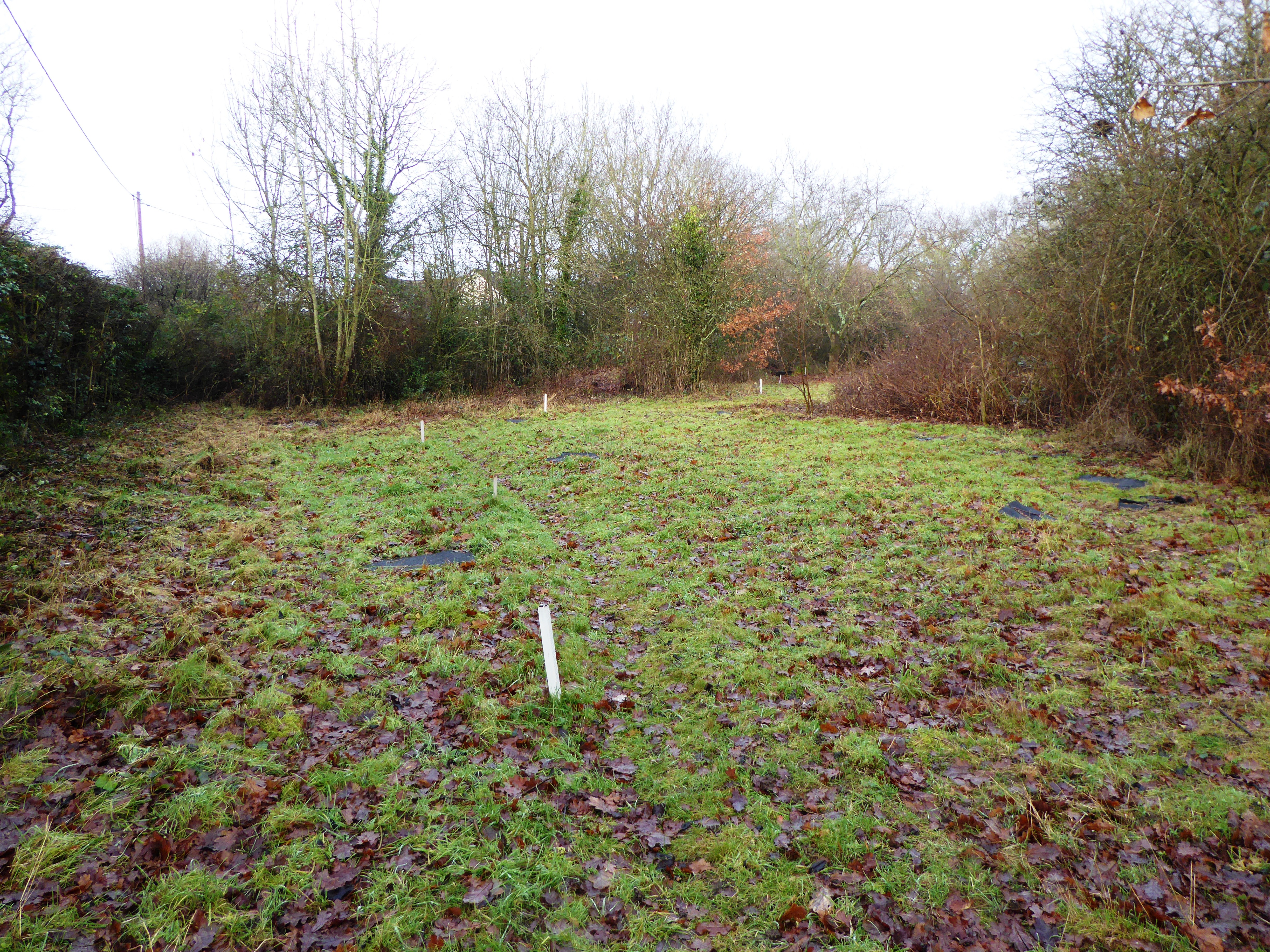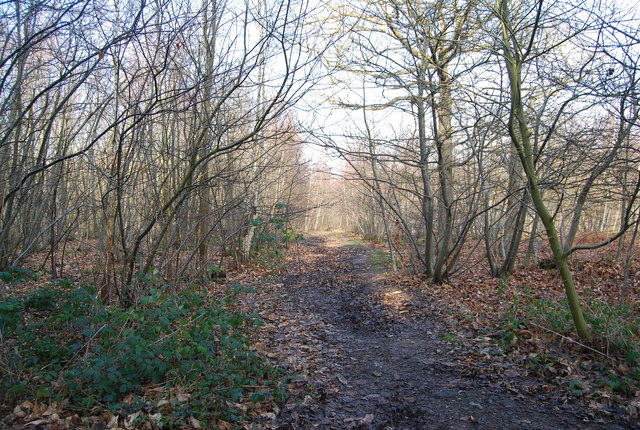Sheafs Wood
Wood, Forest in Kent Canterbury
England
Sheafs Wood

Sheafs Wood is a charming and picturesque woodland located in the county of Kent, England. Spread across an area of approximately 100 acres, it is nestled within the beautiful Kent Downs, an Area of Outstanding Natural Beauty. The wood is primarily comprised of broadleaf trees, including oak, beech, and ash, which create a dense and vibrant canopy overhead.
Sheafs Wood is a haven for wildlife, providing a diverse habitat for a range of species. Birdwatchers can spot a variety of avian residents, such as woodpeckers, tawny owls, and warblers. The woodland floor is carpeted with an array of wildflowers during the spring and summer months, attracting butterflies and other insects.
The wood offers visitors a network of well-maintained footpaths, allowing for peaceful walks and exploration. There are several picnic areas and benches scattered throughout, providing opportunities for visitors to relax and appreciate the tranquil surroundings. Additionally, there is a small car park for those arriving by vehicle.
Managed by a local conservation group, Sheafs Wood is protected and cared for to ensure its preservation for future generations. The group organizes various events and activities throughout the year, including guided walks and educational programs, to promote awareness and appreciation for the natural environment.
Sheafs Wood is a true gem in the heart of Kent, offering a serene and immersive experience in nature. Whether it's for a leisurely stroll, birdwatching, or simply unwinding amidst the beauty of the woodland, visitors are sure to find solace and tranquility in this enchanting forest.
If you have any feedback on the listing, please let us know in the comments section below.
Sheafs Wood Images
Images are sourced within 2km of 51.318556/1.0684252 or Grid Reference TR1362. Thanks to Geograph Open Source API. All images are credited.

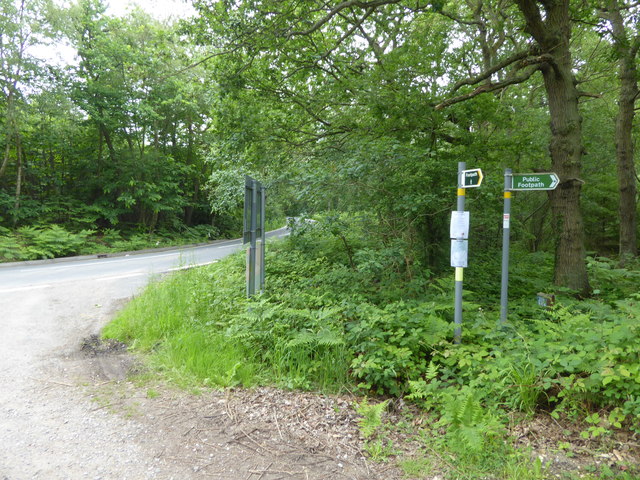
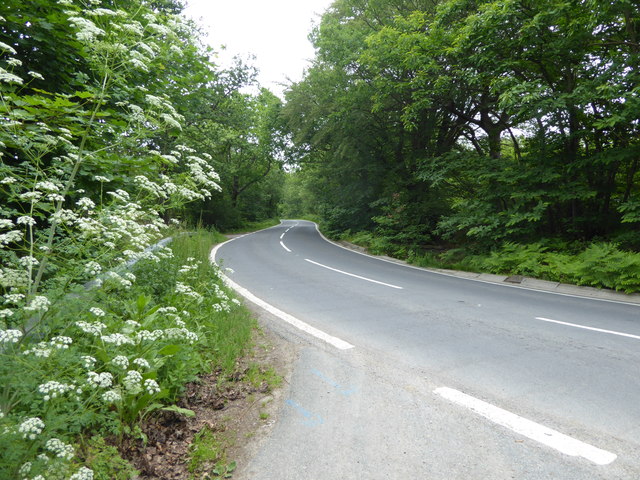
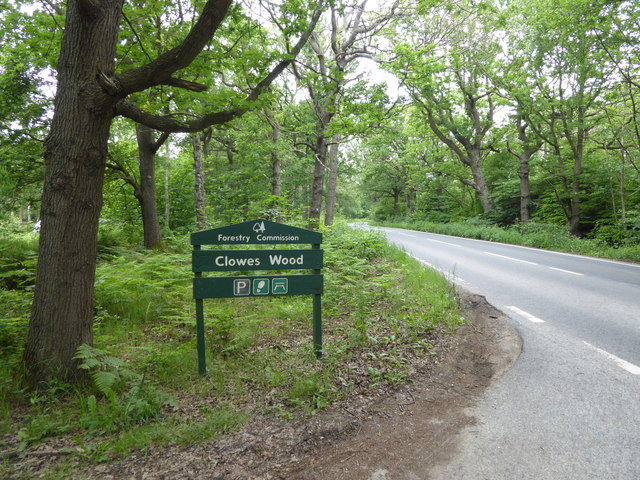
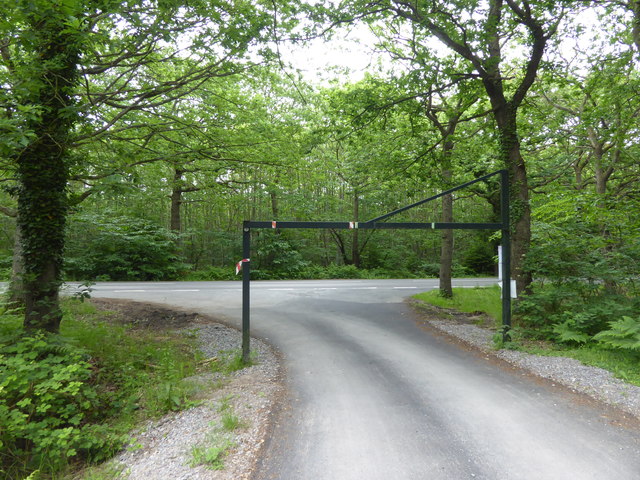
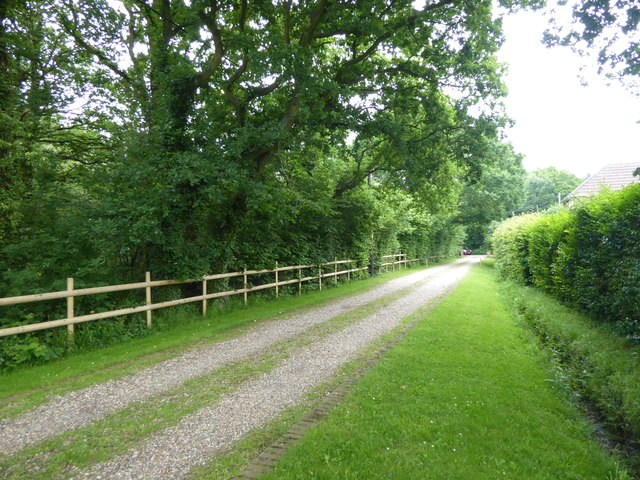
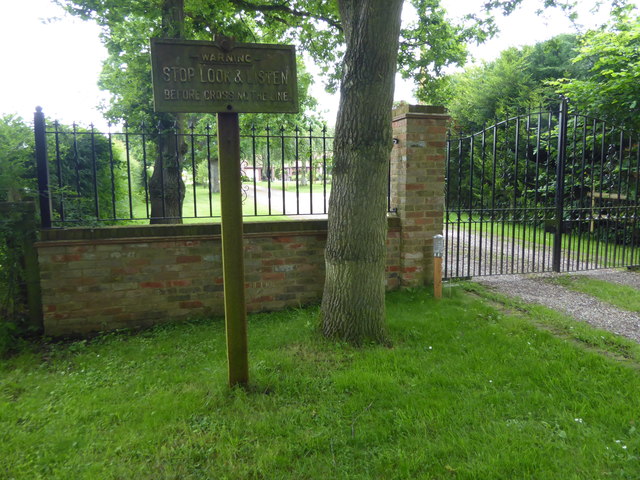
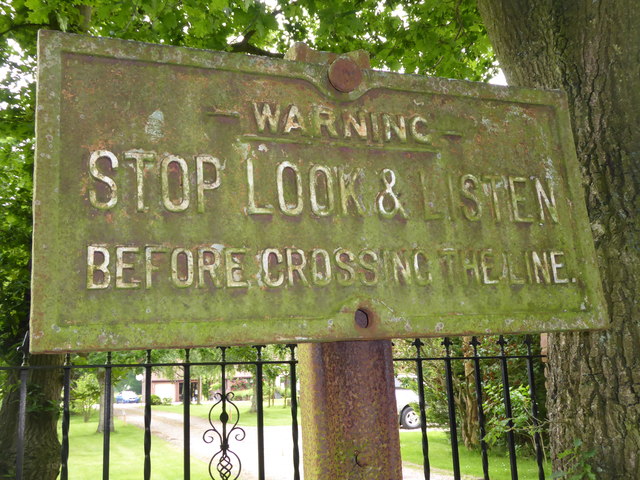
Sheafs Wood is located at Grid Ref: TR1362 (Lat: 51.318556, Lng: 1.0684252)
Administrative County: Kent
District: Canterbury
Police Authority: Kent
What 3 Words
///cheerily.impact.enacted. Near Blean, Kent
Nearby Locations
Related Wikis
Blean and Tyler Hill Halt railway station
Blean and Tyler Hill Halt was a minor station on the Canterbury and Whitstable Railway at Tyler Hill, Kent. It opened in 1908 and closed in 1931. ��2...
Hackington
Hackington is an area of Canterbury in Kent, England, also known (especially historically) as St Stephen's, incorporating the northern part of the city...
Tyler Hill Meadow
Tyler Hill Meadow is a 0.8-hectare (2.0-acre) Local Nature Reserve in Hackington, north of Canterbury in Kent. It is owned by Hackington Parish Council...
Tyler Hill, Kent
Tyler Hill is a small village on the northern outskirts of Canterbury, Kent in England. The population is included in the civil parish of Hackington. Its...
West Blean and Thornden Woods
West Blean and Thornden Woods is a 781-hectare (1,930-acre) biological Site of Special Scientific Interest north of Canterbury in Kent. It is part of the...
Blean
Blean is a village and civil parish in the Canterbury district of Kent, England. The civil parish is large and is mostly woodland, much of which is ancient...
Fifteenth Lambeth Conference
The fifteenth Lambeth Conference was an assembly of bishops of the Anglican Communion convened by the archbishop of Canterbury, Justin Welby, between 27...
Kent Business School
Kent Business School (KBS) is the business school of the University of Kent. Although there are two business schools known as KBS, generally people seem...
Nearby Amenities
Located within 500m of 51.318556,1.0684252Have you been to Sheafs Wood?
Leave your review of Sheafs Wood below (or comments, questions and feedback).

